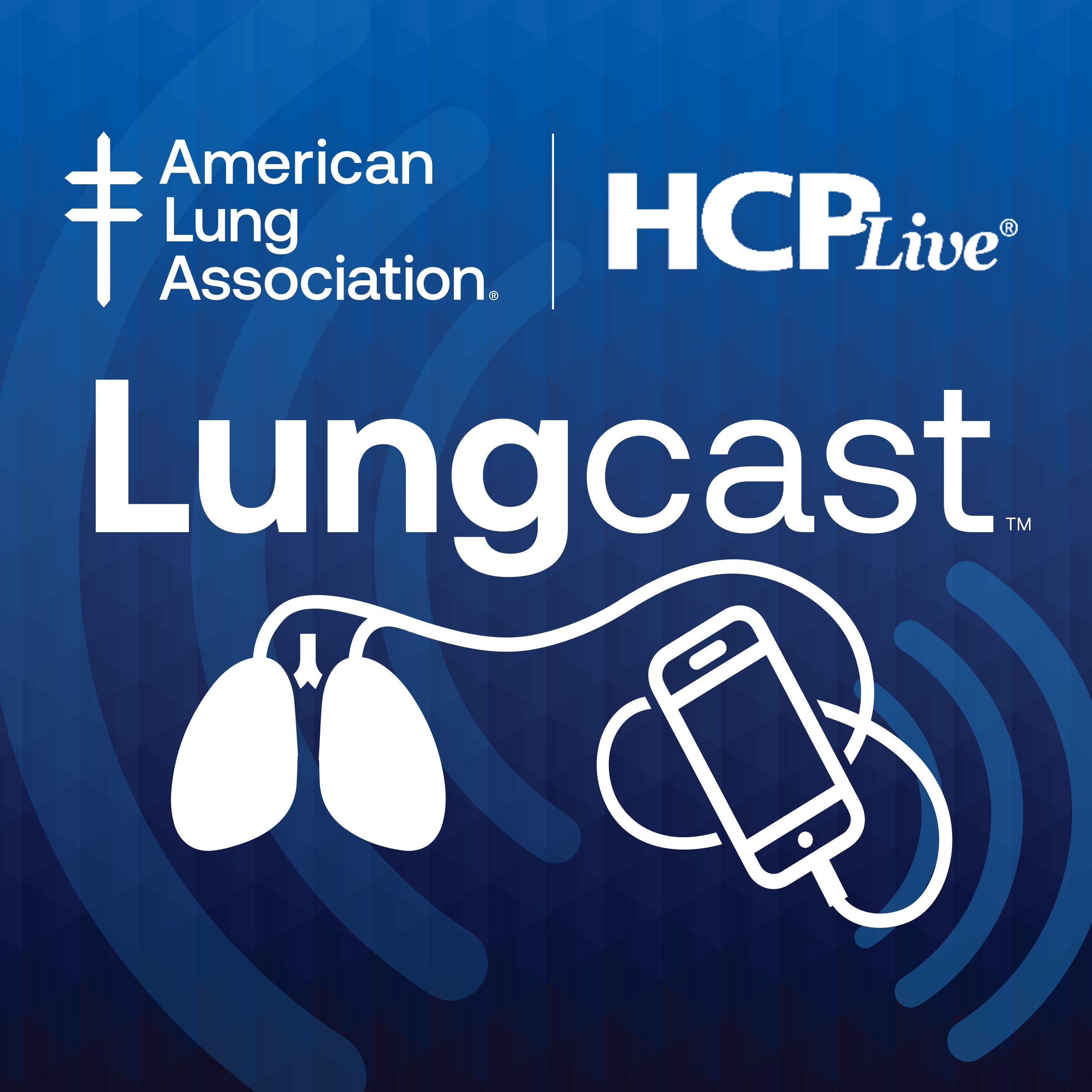Video
Educating Patients on Gene Therapy in Sickle Cell Disease
Author(s):
Shared insight on patient education surrounding gene therapy in sickle cell disease and common misconceptions about this approach.
Transcript:
Ifeyinwa Osunkwo, MD: Dr Smith, what are the common misconceptions and misunderstandings that you’ve seen or heard in discussing gene therapy with your patients? What should this dialogue be? There are issues about traveling to a center. How do they get access to this? Is it efficacious? Are they going to transform into a mutant? Are they going to grow 5 different heads and 6 tails? What exactly do you hear at the community level?
Wally R. Smith, MD: Let me start with my top observed misconceptions. Misconception No. 1: it’s a procedure. Yes and no. The procedure of the gene therapy is a simple injection, and it’s an infusion, or you extract and inject. Before and after, there’s a year’s worth of medical care, which we just got through talking about. Chemotherapy, a lot of blood testing, cleaning out the bone marrow, and then observing. You need to take a year out of your life, and you need a significant other to take a year out of their life if you want to go through with these procedures and these therapies. You’re going to be at the doctor a lot. So it’s not a procedure; it’s a process. It’s a yearlong journey, so you have to tell that to patients. When you tell that to patients, a lot of people turn around and walk out, because they got misinformed that there was this quick, painless infusion that would cure their sickle cell disease. I’m using the exact words that people say.
No. 2, “I still need a donor.” No, you don’t need a donor. What you need is someone to come and get the cells out of you. So you have to be in the right medical center to even be in 1 of these trials. It’s not the same. That gets misinterpreted as, “Oh, I need a donor.” No, you just have to be in the right center that’s enrolling people in these trials. No. 3, and you just talked about it, Dr Desai, it causes cancer. Is it that the chemotherapy causes cancer, or is sickle cell disease predisposing some patients to cancer? That’s where all the hot research is. We’ve pretty much absolved the gene-adding vehicle of causing cancer. There’s been enough work done that we say it’s not that. That leaves the chemotherapy itself and the disease, and we have a little evidence, though it may be evidence, that sickle cell by itself may predispose people to leukemia and myeloid dysplasia. We need to do a lot of work, and we need to reassure patients that we’re going to try to keep things safe for them.
I have all those conversations with people. This takes time. This isn’t a 1-visit conversation. This is a multivisit conversation, during which I’m encouraging people to think, “Is the risk now worth it given the complications you’ve undergone?”
Ifeyinwa Osunkwo, MD: Just a quick 2 words from each of you on gene therapy for sickle cell disease: yea, nay, cautiously optimistic, need more time to tell, what would that be?
Wally R. Smith, MD: Yea if the right person wants it. They have to be very sick. For most people it’s nay, but for a few it’s yea. They have to be pretty sick and willing to take the risks.
Ifeyinwa Osunkwo, MD: Willing to take the risk. Dr Shah?
Nirmish Ramesh Shah, MD: Yes, I’m not a Nervous Nellie. I’m not nervous about things in general, so I’m usually on the end of being optimistic. But in this situation, 2 words: cautious but optimistic.
Ifeyinwa Osunkwo, MD: Dr Desai?
Payal Desai, MD: I’m also cautiously optimistic despite all my caution. I want people to go into it informed. That’s why I say all the other parts, because I want them to understand those risks. If they understand the risk, for the right patient, it’s a yea.
Transcript edited for clarity.





